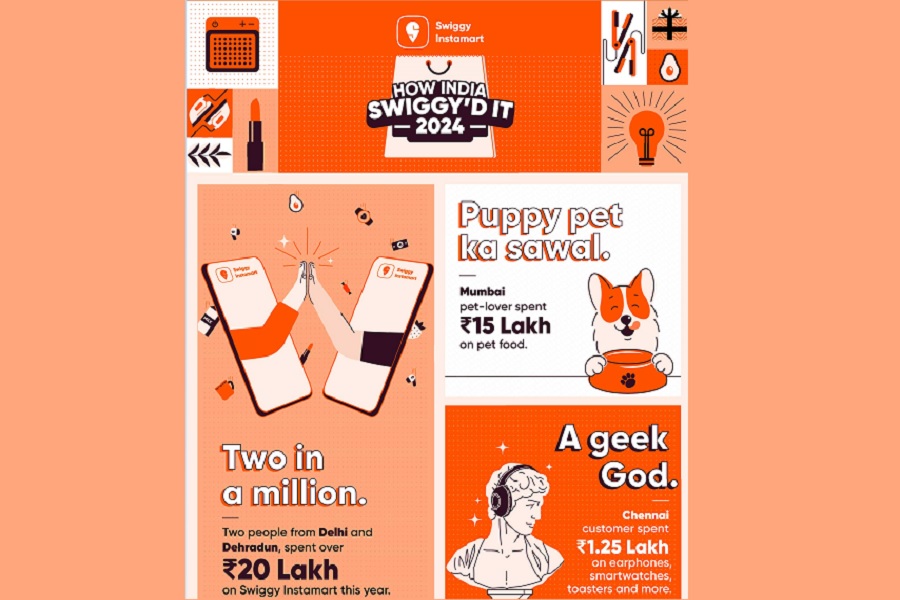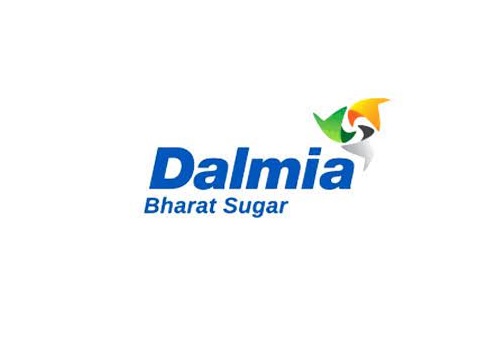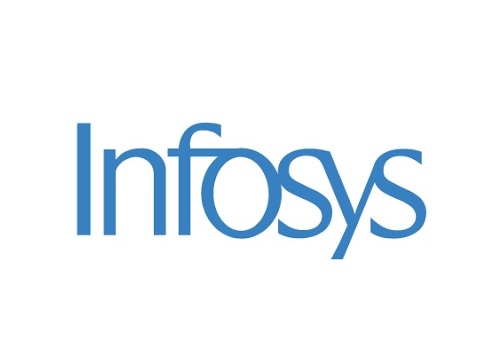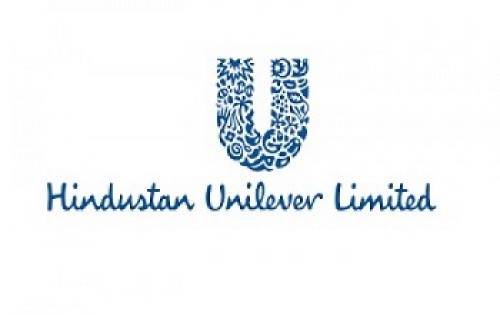Buy One 97 Communications (Paytm) Ltd For Target Rs. 1,285 - ICICI Securities

Follow us Now on Telegram ! Get daily 10 - 12 important updates on Business, Finance and Investment. Join our Telegram Channel
Revenue and margin profile steadily improving
One 97 Communications (Paytm) continues to improve its revenue and margin profile, evident in narrowing of consolidated loss at Rs5.7bn in Q2FY23 (vs loss of Rs6.5bn in Q1FY23). The performance was characterised by 1) sustained lower processing charges and net payment margin improving a tad; 2) sharp acceleration in lending business with disbursements of Rs73bn; (3) enhanced contribution/adjusted-EBITDA (before ESOP cost) margin with higher financial services/cloud revenue growth further aided by lower indirect costs; 4) sustained growth in monthly transacting users (MTUs), deployment of offline devices and continued build-up of gross merchandise value (GMV). What failed to cheer: 1) Contribution margin expansion capped at 84bps QoQ to 44.1% due to 34%/15% QoQ increase in promotional/other direct expenses, 2) decline in commerce revenue. Steady improvement in margin profile with better monetisation suggests achievement of operating profitability (positive EBITDA before ESOP cost) ahead of its guided timeline of Q2FY24. Maintain BUY with an unchanged target price of Rs1,285 based on customer lifetime value methodology.
* Revenue from operations buoyed by acceleration in lending business, rebound in payment services to merchants, and uptick in cloud revenue
o Continuous growth of user base on app for bill payments and other use cases supported 6%/55% QoQ/YoY growth in ‘payment service to consumers’ revenue. It earned platform fees and convenience fees from customers in certain use cases.
o Gained momentum in payment gateway business, higher GMV in online merchants, particularly e-commerce and growth in the number of device subscriptions (which drives both subscription and MDR revenues) led to a robust 12%/56% QoQ/YoY growth in revenue from ‘payment service to merchants’. This was partially offset by the marginal adverse impact of the full quarter effect of account level rationalisation done during Q1FY23. Paytm did not record any UPI P2M government incentives revenue in Q2FY23 as well.
o Payment services take rate improved a tad to 0.37% in Q2FY23 (vs 0.36% in Q1FY23), while payment processing charges were flat at 0.23% of GMV.
o With 32% QoQ growth in disbursements led by personal and merchant loans, financial services revenue grew 29% QoQ (292% YoY). Its contribution towards operating revenue now stands increased at 18% in Q2FY23 (vs 9% in FY22).
o Commerce revenue declined 10% QoQ as it was a seasonally weak quarter for entertainment ticketing business. Nonetheless, it grew 49% YoY.
o Decline in commerce revenue was offset by 31% QoQ growth in cloud revenue led by scale up in credit card distribution and traction in PAI cloud. It also grew 58% YoY.
* Net payment take rate improved a tad to 13bps of GMV, an encouraging sign: Net payment margin grew 16% QoQ to Rs4.4bn given 9% QoQ growth in payment revenue while rise in payment processing charges was capped at 7.5%. Payment revenue build-up was supported by continued platform expansion across MTU and merchant base, growth in subscription (and MDR) revenue from offline merchants and higher GMV from online merchants in payment gateway business. Payment processing charges stayed put QoQ at 0.23% (of GMV) on better negotiations with existing partners. While reclassification of payment related cashback incentive expenses towards processing charges will increase payment charges, management remains confident of further improving net payment margin going forward.
* Despite revenue beat, increased promotional cashbacks and incentives limit contribution margin expansion: Better net payment margin and scale up in financial services led to the significant beat in revenue. However, promotional cashbacks and incentive expenses and other direct expenses that grew 34% and 15% QoQ, respectively, restricted contribution margin improvement to 44.1% in Q2FY23 (vs 43.2%/24% in Q1FY23/Q2FY22). Incremental delta in promotional and cashback incentives pertained primarily to Paytm postpaid business.
* EBITDA (before ESOP cost) margin also improved to -9% in Q2FY23 vs -16% in Q1FY23 led by improved contribution margin and lower indirect costs: Indirect costs as a percentage of operating revenue decreased to 53% in Q2FY23 vs 60%/63% in Q1FY23/Q2FY22, respectively. Indirect marketing and promotional expenses declined 22% QoQ, albeit up 33% YoY. Indirect employee expenses (excluding ESOP costs) grew 4%/59% QoQ/YoY as company continued its investments in i) sales channels to drive the penetration of devices that have better economics and upsell opportunities, and ii) product and technology teams (investment in sales team is at Rs1.72bn quarterly run-rate compared to Rs0.94bn a year ago). Software, cloud and data centre expenses grew 6.5%/53% QoQ/YoY primarily due to an increase in cloud infrastructure costs, which are linked to transaction volumes and GMV. Other indirect operating expenses increased by 15% QoQ/YoY primarily due to an increase in repairs of Soundbox and POS devices. Despite ESOP expenses rising 3%/14x QoQ/YoY, reported EBITDA margin improved to -28% in Q2FY23 vs -38%/-42% in Q1FY23/Q2FY22, respectively. We expect EBITDA improvement trajectory to continue and there is some visibility of it getting into positive territory by FY26E. Annual non-cash ESOP charges of Rs10bn-18bn over FY23-FY26E will drag reported EBITDA. We forecast adjustedEBITDA margin (excluding ESOP charges) to turn positive by FY25E.
* Continued accelerated growth in lending business provides incremental revenue and earnings delta: In Q2FY23, it disbursed 9.2mn loans (up 8%/224% QoQ/YoY) through the Paytm platform – equivalent to a disbursal value of Rs73bn (up 32%/482% QoQ/YoY). Within lending business, disbursements in BNPL / personal loan / merchant loan segments grew 20% / 53% / 46% QoQ to Rs40.5bn / Rs20.6bn / Rs12.1bn. Having said that, number of Paytm postpaid loans disbursed grew by only 8% sequentially with only 0.6mn incremental run-rate (vs 1.5-2.1mn in past 3 quarters). This was due to the interim disruption from the recent digital lending guidelines issued by the regulator regarding the fund flow. Going forward, the incremental run-rate should retrace back to the recent quarter’s average.Cumulative signed-up user base for postpaid has now crossed 6mn (QoQ growth from 5.3mn). Cross-sell from postpaid continues to see traction with over 40% (down from 50% in Q1FY23) personal loan disbursements given to existing postpaid customers in Q2FY23. Paytm postpaid’s reach increased to 15mn (from 11mn QoQ) online and offline merchants. In merchant loans, repeat rate inched up to 50% (vs 45% QoQ). Currently, Paytm is working with 9 partners, of which 6 are with respect to lending business. It recently partnered with Piramal Enterprises and business will kickstart from Q4FY23. Credit loss expectation in all 3 lending products – BNPL / personal loan / merchant loan remained constant at 1.1-1.3% / 4.5-5.0% / 5.0-5.5% QoQ. Bucket-1 resolution metrics also remained constant QoQ. Despite significant scale up in the loan distribution business, penetration level for each product remains low. For Q2FY23: postpaid penetration is 4.0% of average MTU, personal loans is 0.6% of average MTUs whereas merchant loans penetration is 4.4% of total devices deployed. We estimate that 20mn-22mn consumers (16% of MTUs) and 1.3mn merchants (>10% of merchants with Paytm devices and >3% of total merchant base) will avail financing products through Paytm platform by FY26E. We forecast financial services revenue to grow at a CAGR of >70% over FY22-FY26E, comprising 28% of operating revenue (from <5%/<10% in FY21/FY22).
* GMV grew 7% QoQ; rolling out of payment devices: GMV grew 7% QoQ to Rs3.2trn and MTUs too scaled up at the rate of 7% QoQ / 39% YoY to 79.8mn. This is despite the ongoing audit on Paytm Payment Bank (PPBL), reflecting the increased user activity on Paytm platform. Paytm continues to rollout offline payment devices, that expanded to 4.8mn in Sep’22 vs 3.8mn/1.3mn in Q1FY23/Q2FY22, despite being conservative about the quality of merchants onboarded. Monthly transacting user base of Paytm is likely to nearly double over FY22-FY26E to 135mn. We forecast the company’s merchant GMV to grow at 38% CAGR over FY22-FY26E to reach Rs31trn by FY26E.
* Update on RBI direction to PPBL: PPBL management has received written IT auditors report and RBI’s observation on the same which are largely around the continued strengthening of IT outsourcing processes and operational risk management. The bank management is in the process of responding back to the RBI and will wait for further discussions / directions from the regulator. At present, there is no firm timeline on when PPBL would be permitted by the regulators to start on-boarding new customers. Paytm shared in Mar’22 that the measures imposed upon PPBL will not materially impact Paytm’s overall business. Its constant MTU and revenue growth performance continues to show evidence that its initial assessment was correct, and it does not see any material impact on Paytm’s overall business.
To Read Complete Report & Disclaimer Click Here
For More ICICI Securities Disclaimer https://www.icicisecurities.com/AboutUs.aspx?About=7
Above views are of the author and not of the website kindly read disclaimer












 320-x-100_uti_gold.jpg" alt="Advertisement">
320-x-100_uti_gold.jpg" alt="Advertisement">












